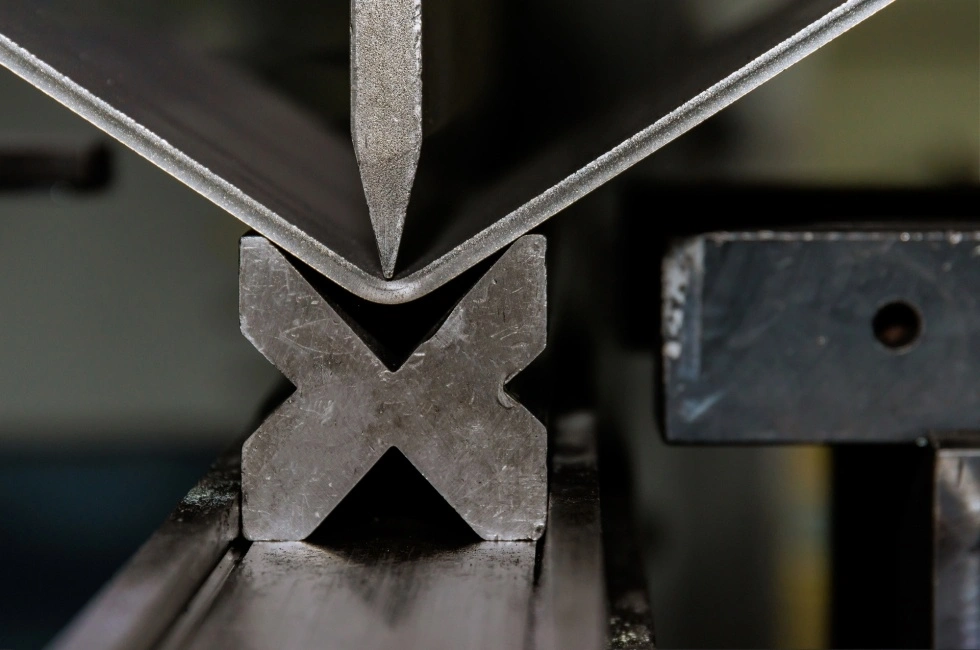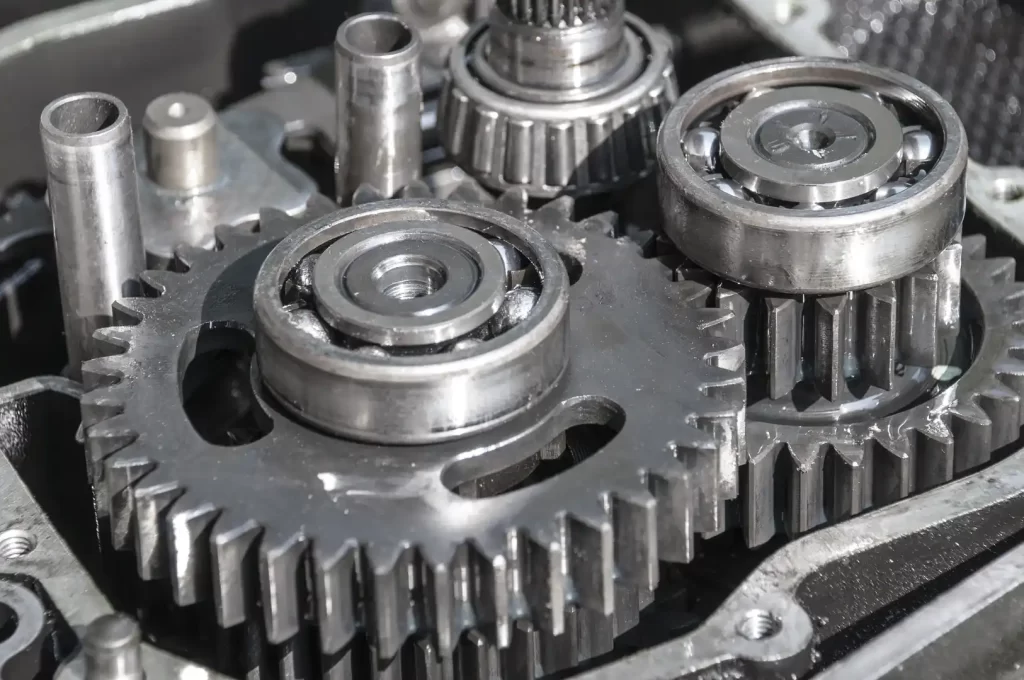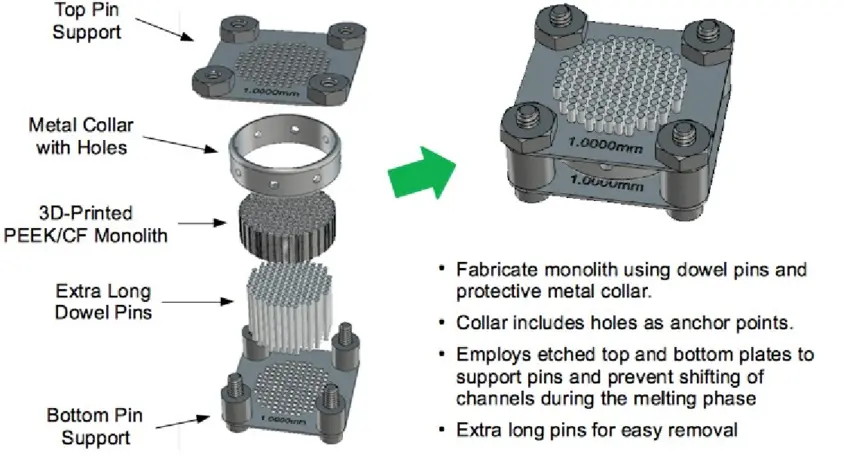Monolith: History, Function, and Applications in Modern Industry
A monolith, or monolithic structure, has long been a part of both natural formations and human constructions. From towering stones in the wild to massive man-made infrastructures, monoliths serve multiple purposes in today’s world. This article delves into the origins, meanings, and industrial applications of monoliths, shedding light on how this concept continues to evolve and its relevance in modern technology.
Moreover, we will highlight how SSC Works plays a critical role in maintaining heavy machinery that incorporates monolithic components, ensuring optimal functionality and reliability. Let’s start with the basics by defining what a monolith is.

1. What is a Monolith?
The word “monolith” comes from the Greek words “mono” (one) and “lithos” (stone), meaning a single large block of stone. A monolith refers to either a naturally occurring large stone formation or a massive man-made structure crafted from a single material. Monoliths can be found both in nature and in human creations. Famous examples include:
- Natural Monoliths: Giant rock formations like Uluru (Ayers Rock) in Australia.
- Man-made Monoliths: Large human-made structures like the ancient Stonehenge monument.
2. The History of Monoliths in Human Culture
Monoliths have been a part of human culture for millennia, often associated with religious, cultural, or symbolic meanings. Ancient civilizations used monoliths to build monuments that were meant to last for centuries.
a. Monoliths in Ancient Architecture
Throughout history, monolithic stones were employed in the construction of ancient landmarks and monuments. Examples include:
- Stonehenge, UK: A prehistoric monument made of large stone slabs, believed to have served ceremonial or astronomical purposes.
- Egyptian Obelisks: Tall, slender stone pillars that were erected as symbols of power and honor in ancient Egypt.
b. Monoliths in Mythology and Folklore
Many natural monoliths were considered sacred or mystical by ancient civilizations. These massive stones were often associated with gods, legends, or magical powers.
3. Monoliths in Modern Industry
In today’s world, the concept of a monolith extends beyond natural stone formations to include large, solid structures made from a single material in industrial and technological contexts. Below are some key examples of how monoliths are applied in modern industries.
a. Monoliths in Modern Construction
In construction, monolithic refers to structures built from a single material, designed to be solid, durable, and resistant to external forces. Concrete and steel are often used in constructing monolithic buildings like bridges, skyscrapers, and dams due to their strength and long-lasting properties.
b. Monoliths in Technology and Software Development
In the field of technology, a “monolithic architecture” refers to software systems that are developed as one cohesive unit. This architecture is efficient at smaller scales, but as systems grow, it becomes challenging to maintain due to its complexity. However, monolith architecture still offers stability in specific industrial applications.

4. Industrial Applications of Monolithic Components
Monoliths play a significant role in industries such as mining, construction, and infrastructure development. In these sectors, equipment designed with monolithic components, such as hydraulic excavators, rock crushers, and conveyor belts, is built to withstand immense pressure and harsh environments.
Monolithic components are critical in industries where durability and strength are key to long-term operational success. Their use in heavy machinery and industrial infrastructure ensures the reliability and longevity of operations, making them ideal for demanding environments.
5. Challenges and Innovations in Monolith Applications
While monolithic structures offer strength and stability, they also present challenges, particularly in terms of flexibility and maintenance. Innovations such as composite materials and automated construction technologies are being introduced to overcome these challenges, improving the efficiency and performance of monolithic designs.
In software and IT, many companies are transitioning from monolithic architectures to microservices, which are more modular and allow for greater flexibility. This approach enables businesses to scale and adapt to changing needs without overhauling the entire system.
SSC Works and Monolithic Component Maintenance
SSC Works understands the critical role that monolithic components play in industries such as mining and construction. Our team specializes in the repair and maintenance of heavy equipment and machinery that utilize monolithic materials, ensuring that they operate at peak performance for extended periods.
If your operation relies on monolithic components, SSC Works offers the expertise and technical services necessary to keep your equipment running efficiently. Our custom solutions are designed to meet the specific needs of your business, providing long-term reliability for your heavy machinery.
Have you ever encountered monolithic structures in your work or life? How have they impacted your industry or operations? Share your experiences and thoughts in the comments below!

